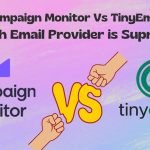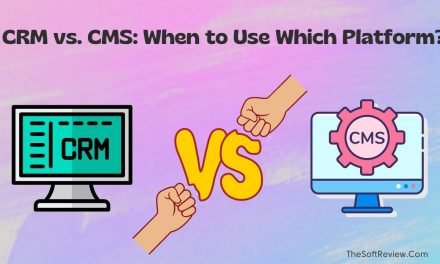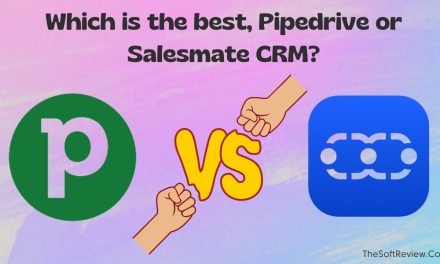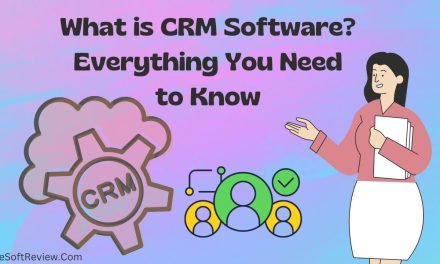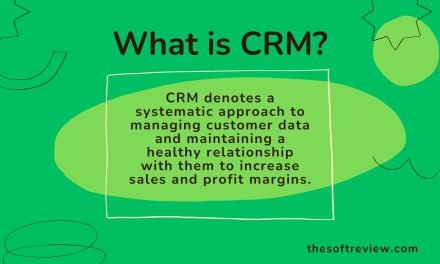
CRM Best Practices Blueprint: 7 Tips to Leverage Client Data
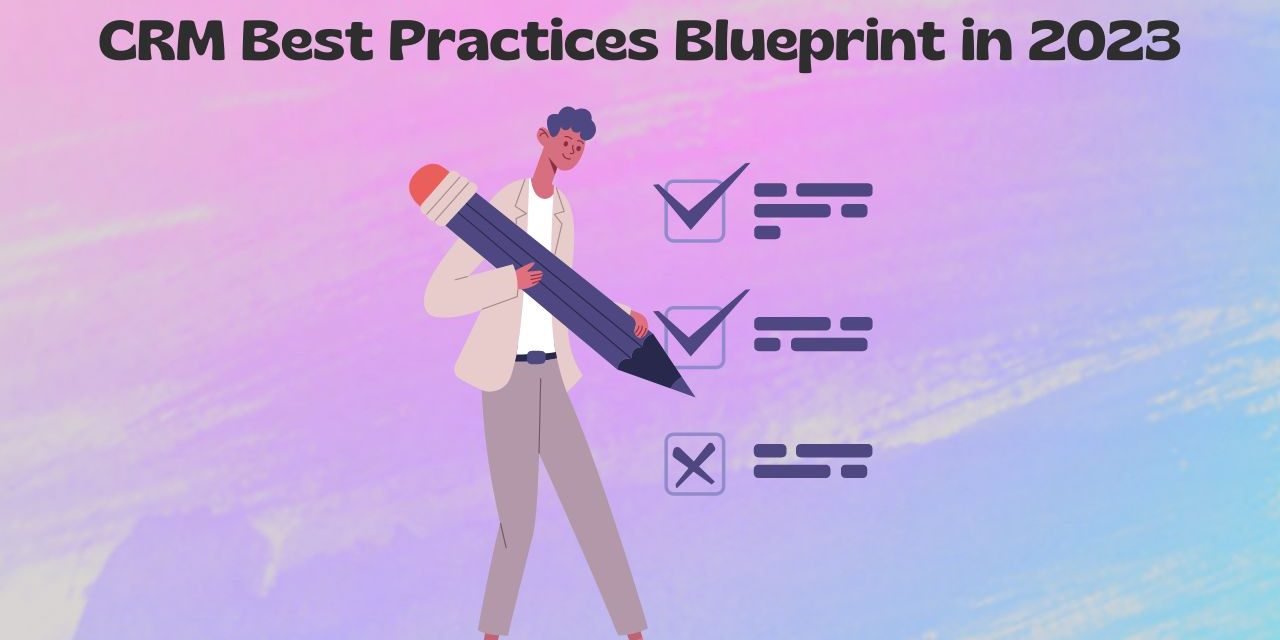
Congratulations on adopting a Customer Relationship Management (CRM) tool! By taking this step, you have already set yourself on a path toward optimizing your business operations and enhancing customer satisfaction.
However, the true power of CRM software lies not just in selecting the right CRM but also in the strategy you employ to leverage the valuable client data it captures.
And in the beginning, everything can seem overwhelming but do not stress. Here we will provide you with a seven-step CRM best practices blueprint based on our research so that you can harness the potential of client data, foster customer loyalty, and drive growth.
Seven CRM Best Practices to Ensure a Logical Use of Your CRM and Customer Data:
Every industry is different, so what works for someone else might not work for you. However, the seven followings are the practices that will help you find the CRM strategy that you need.
1. First, Explore the CRM Software and Empower Your Team Members:
Before diving into using your CRM software, take the time to explore its features and functionalities thoroughly. Understand how the system works and how it can benefit your team.
First, learn basic CRM functionalities like data entry, contact management, crm customization, and reporting, then gradually learn advanced contact management, automation, custom integrations, etc.
Feeling perplexed about how you can learn all these things?
Modern CRM solutions offer blog posts and video tutorials to help with the setup process, and some CRM tools even provide you with one-to-one consultations to smooth the CRM implementation process.
So you have to explore the learning resources and keep exploring each aspect of your CRM until you know how to operate the system.
Also, schedule training sessions to ensure your team members know their responsibilities and the knowledge and skills necessary to utilize the CRM effectively.
You can provide hands-on demonstrations, walkthroughs, and interactive CRM training to familiarize them with the essential CRM features.
2. Capture and Segment Customer Data:
After learning how to operate the CRM, your next step would be to collect and segment customer data so that you can engage with them in the future.
To do so, you can use your CRM’s lead generation tools like a sign-up form and live chatbot on your website, use landing pages on email campaigns or social media to collect relevant customer data like their email address, phone number, physical address, and any other data points that align with your business processes.
At the same time, you can collect your existing customers’ data, like their purchasing history, behavior, and any other details to help you sell your product to them again.
Once you have accumulated a substantial amount of data, segment it based on criteria such as demographics, purchase behavior, or engagement level so that it becomes easy to contact based on their interests.
Most CRM systems offer decent data management features where you will get advanced data segmentation features; just explore and start segmenting.
3. Ensure Data Integrity:
Maintaining accurate and up-to-date data within your CRM system is essential for effective customer relationship management. So, while you collect and segment your client’s data, ensure the data you accumulate are valid and up-to-date.
To do that, you have to establish data quality standards that all your team members will follow. The process can include collecting accurate data, checking data integrity, and cleaning and updating data after a specific period.
You will also pay attention to ensure no duplicate and missing data on your database. The best practice would be to set up automated reminders for team members to update customer records after each interaction.
It will encourage your team members to update customer information promptly and regularly.
4. Maintaining Sales Pipeline and Nurturing Customer Relationships Effectively:
Your CRM software can be valuable for managing your sales pipeline and nurturing customer relationships. Utilizing your CRM’s features and functionalities, you can optimize your sales process and deliver a personalized experience to your customers.
A sales pipeline is a visual dashboard where you can break down your sales process into different stages, where you can track your leads and opportunities, and assign your team members to different stages.
So, utilize the CRM’s sales management features to track leads, opportunities, and deals at various stages. And in modern CRMs, you can add many sales pipelines as your business need.
On the other hand, you have to set up a guideline for customer engagement—like, which communication channels your customers and your team prefer and the time zone.
For instance, if your customers love to check their email inboxes every day, communicate with them through emails.
Nowadays, most mainstream CRM tools have built-in email marketing, SMS marketing, or even phony solutions. Hence, you must explore and utilize these customer engagement features effectively.
5. Harness the Power of Automation:
Automation is a crucial feature of modern CRM systems, and research by Pipedrive shows that automating tasks increases your chances by 16%.
So, you will have to Identify areas within your CRM workflows where automation can bring significant benefits. Here are some specific areas where automation can be beneficial:
A. Email Marketing Automation:
If your CRM offers email automation capabilities to create personalized and targeted email campaigns, harness it. Set up automated workflows that send relevant emails based on customer behavior; for example, abandoned cart reminders, post-purchase follow-ups, or product recommendations based on their browsing history.
It will allow you to deliver timely and relevant content to your customers, nurturing them throughout their journey.
B. Task and Activity Automation (Workflow Automation):
Workflow automation helps you automate routine tasks and activities within your CRM to improve productivity and ensure nothing falls through the cracks. So, learn and schedule automated reminders for follow-ups, meetings, or deadlines, and assign tasks to your marketing and sales departments based on predefined triggers.
It will help you streamline your workflows, ensuring that essential activities are completed on time and improving team efficiency.
C. Lead Scoring and Qualification:
If your CRM offers a lead-scoring feature, you can implement automated lead-scoring and qualification processes. Learn this advanced feature and define criteria for scoring leads based on customer characteristics, engagement level, and behavior.
By automating the lead qualification process, you can focus your marketing and sales efforts on more critical tasks, ensuring that your sales reps spend their time and resources effectively.
D. Reporting and Analytics Automation:
With a CRM system, you can also automate generating and distributing reports and analytics within your CRM. Set up scheduled reports that provide insights into key metrics, such as sales performance, client satisfaction, or campaign effectiveness.
This saves manual data extraction and analysis time, allowing you to make data-driven decisions and monitor your progress more efficiently.
6. Get the Most Out of Integrations:
Integrations are third-party tools you can add to your CRM software to increase functionalities. And a modern CRM solution can be integrated with various integrations.
All you have to do is, explore the available integrations and identify the ones that align with your business needs.
Integration possibilities include email marketing platforms, customer support systems, project management tools, or e-commerce platforms.
Integrating your CRM with these tools allows you to streamline your workflows, automate data synchronization, and gain a holistic view of customer interactions across various touchpoints.
Just ensure that you are setting up your integrations properly.
However, contact the customer support team if you do not find an integration on the integration marketplace. In that case, you may need to use your CRM’s API to connect it with the other system. If API connectivity seems more complicated, you can use platforms like Zapier, which can help you connect with thousands of mainstream tools.
7. Continuously Analyze and Improve Your Strategy:
Implementing customer relationship management software is not a one-time task; it requires ongoing analysis and improvement to maximize its effectiveness. So, to get the most out of your CRM investment, you must continually measure and reinforce your CRM strategy.
Review key performance indicators (KPIs) and metrics regularly to acquire insight into your sales, marketing, and customer service operations.
You can use your CRM analytics and reporting tools to track trends, discover areas for improvement, and make data-driven choices. A/B testing may be used to test alternative techniques and see how they affect consumer engagement and conversion rates.
Seek input from your team members and consumers to understand their requirements and preferences better.
By assessing and refining your CRM strategy on a regular basis, you can guarantee that it remains aligned with your company objectives and produces excellent results.
Well, these are the seven CRM best practices you must adhere to get the most out of your CRM system. Now let’s talk about the top five mistakes that are highly detrimental, and you should avoid:
Five Things You Should Avoid While Using a CRM Tool:
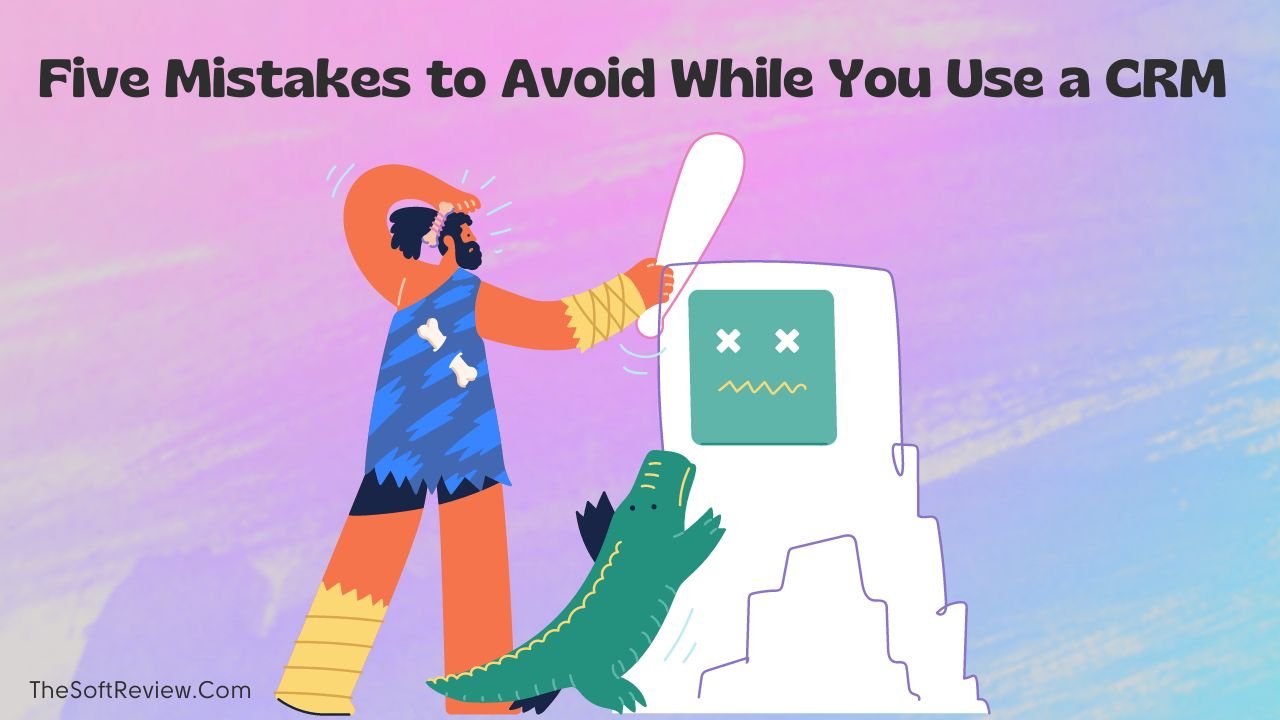
1. Neglecting Data Privacy and Security:
When utilizing a CRM tool, it’s crucial to prioritize CRM data privacy and security. Ensure you adhere to data privacy regulations such as GDPR (General Data Protection Regulation) or CCPA (California Consumer Privacy Act).
Implement strict security measures to protect customer data from unauthorized access or breaches. Regularly audit user access privileges, enforce strong passwords, and provide CRM training on data handling best practices to your team members.
2. Overcomplicating Processes:
Avoid overwhelming your team with overly complex CRM implementation processes and features. Keep workflows simple and intuitive, ensuring that your team can navigate the CRM solution efficiently and focus on building customer relationships.
Provide ongoing training and support to address any challenges or questions that arise. Simplify data entry processes, automate repetitive tasks, and customize the CRM interface to match your team’s needs.
3. Failing to Adapt and Evolve:
A CRM strategy should not be set in stone. Staying agile and adapting to changing customer needs and market dynamics is essential. Continuously evaluate and update your CRM processes and workflows to align with your evolving business goals.
Embrace new features and technologies to enhance your CRM capabilities and provide better customer experiences. Regularly seek feedback from your team members and customers to identify areas for improvement and implement necessary changes.
4. Neglecting User Training and Support:
Proper user training and ongoing support are vital for successfully implementing and utilizing a CRM tool. Invest time and resources in training your team members on the functionalities and best practices of the CRM system.
Provide them comprehensive documentation, video tutorials, and access to help centers or customer support. Encourage a culture of continuous learning and provide opportunities for advanced training or certifications.
5. Not Aligning CRM Strategy with Business Processes:
Your CRM strategy should always align with your overall business goals and objectives. It’s essential to clearly understand how the CRM tool can contribute to your business growth and customer satisfaction. Define measurable KPIs that reflect your desired outcomes, such as increased customer retention, improved sales conversion rates, or enhanced satisfaction.
Ensure that your CRM workflows, data capture methods, and communication strategies are aligned with these goals. Regularly assess the effectiveness of your CRM strategy by analyzing the impact on key metrics and making adjustments as needed.
Final Words
Indeed, only a successful CRM strategy can help you leverage the power of client data to drive customer satisfaction, loyalty, and business growth. And the seven CRM best practices discussed here are the keys to creating a comprehensive CRM strategy over time.
So, take your time to learn your CRM first, then move on to its advanced functionalities. And do not hesitate to contact the support team when you require help.
By following these guidelines and utilizing real-world examples, your CRM implementation process will be smooth, and you will be able to unveil the full potential of your customer data and transform your business growth.








